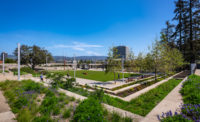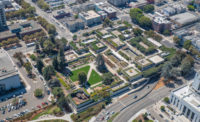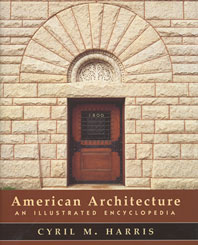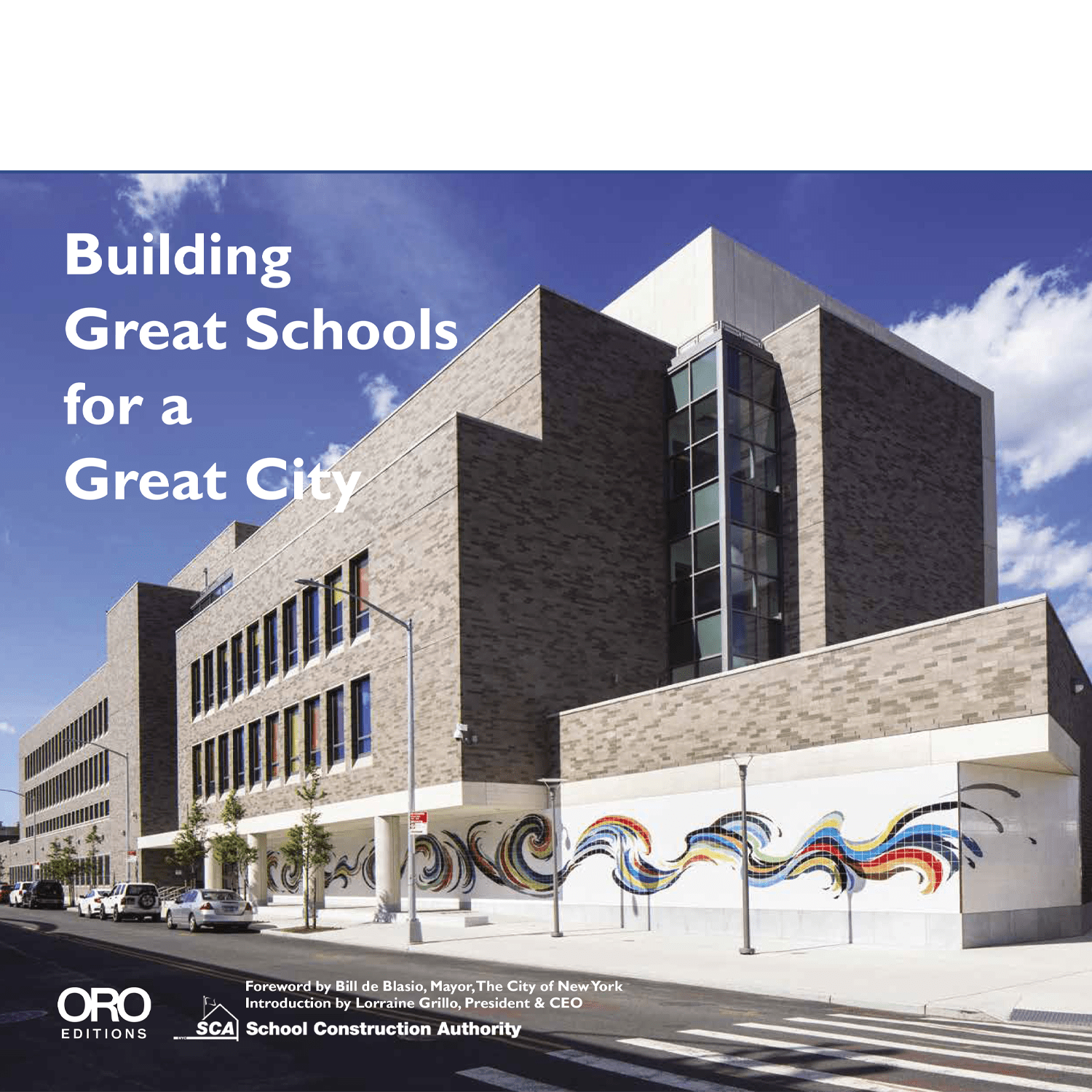Concrete is tough: tough to renovate, tough to moderate. But the most recent design changes at the Oakland Museum of California have succeeded in sensitively opening up Roche/Dinkeloo’s Brutalist concrete complex from 1969 to better serve the diverse city and region. An earlier renovation, completed in 2010 and led by Mark Cavagnero Associates, subtly addressed many of the museum’s programmatic challenges with the main entry and galleries, and maintained the wonderful, labyrinthian pedestrian experience inside the compound: a Babylon-like garden, originally designed by Dan Kiley with Geraldine Knight Scott. But from the outside, the complex still felt like a 1960s-era urban fortress.
The most recent intervention here, led by Oakland landscape architecture practice Hood Design Studio, in collaboration with Cavagnero’s firm, is more radical than the earlier effort: it alters the original building’s forbidding aesthetic and integrates the institution into the city. To do this, the team created strategic openings in the concrete perimeter. At the northeast corner facing Lake Merritt, they removed a low planter wall and added three portals to the full-height exterior wall. Passersby can now see and stroll into the gardens. An earlier rendering suggested steel and glass pivot doors at the openings. Unfortunately, there are roll-down metal screens instead that are, no doubt, easier to operate and maintain. Another opening, on the building’s 10th Street side, allows access and views to the renovated café, which will be overseen by renowned chef Tanya Holland. This new entry and its ADA-accessible ramp interrupt the original building’s blank facade, a change that Cavagnero has softened by using the same matte steel on the new additions as he used in his earlier renovation.
In keeping with the building’s original concept, the interior multilevel, orthogonal gardens are the heart of the campus. But, after a half century, the dull planting scheme needed updating. Reflecting the museum’s three collections—art, science, and California history—Hood has organized the many terraces according to five distinct California eco-regions: low desert outside the fine arts gallery, coastal forest outside the natural-sciences gallery, woodlands outside the California-history gallery, and Mediterranean on the roof (one of the early green roofs in a modern building). The coastal prairie, represented by wildflowers, is not restricted to a single level. The new plantings enliven the gardens but do not distract from the original Hanging Gardens of Babylon effect. Additionally, planters were created for the café to grow vegetables and herbs. Marking the center of the courtyard is a new stage for a variety of events; its overhead steel frame and dimensions are based on the building’s 20-foot structural grid. New accessible ramps disrupt the careful geometry of the original plaza somewhat, but they are not jarring. And sculptures by local artists such as Ruth Asawa, Peter Voulkos, and Viola Frey have been restored and placed all through the outdoor spaces. At the time of reopening, the plantings were not complete and, of course, some will take years to mature. And more work remains to be done, especially the restoration of the extensive wood doors, windows, and trellises within the gardens.
Yet with its sensitive renovation, the team here has skillfully modified the landmark’s tough exterior by quite literally opening the building’s walls to the thoughtfully revitalized gardens, finally allowing the museum to fulfill its mission as a public space for all.






